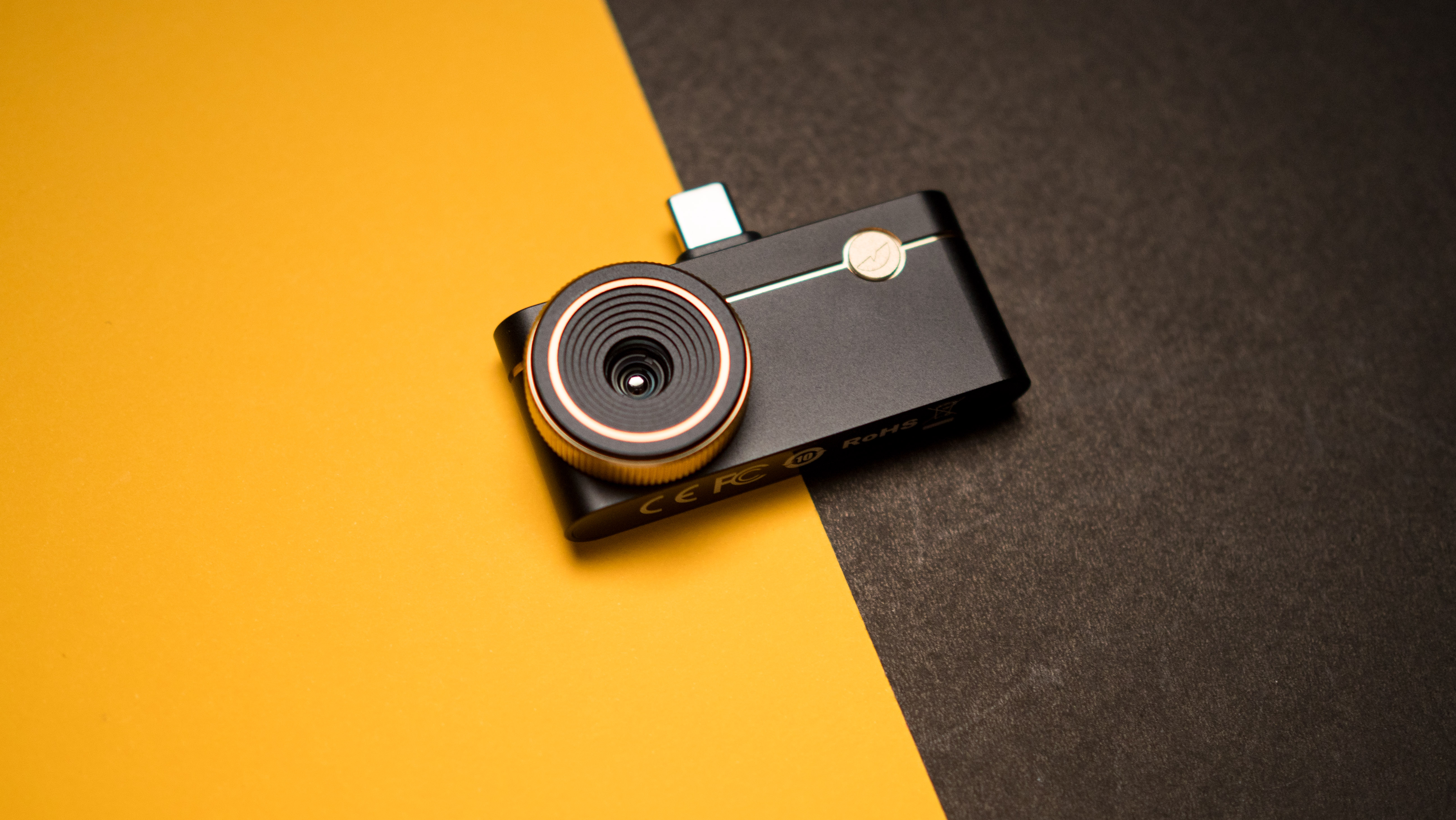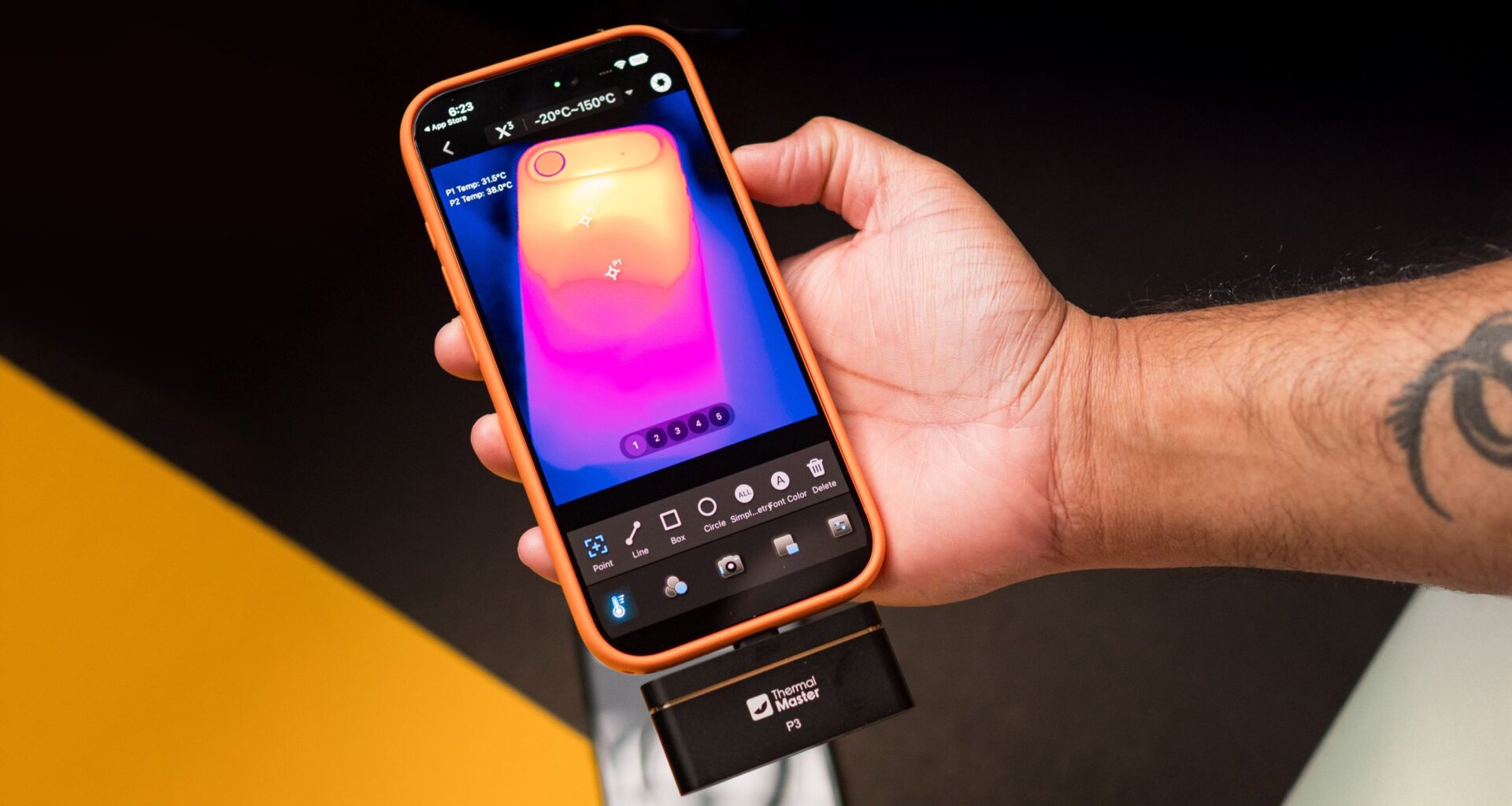I like using a thermal camera while testing phones — it gives me an easy point of reference to see which parts of the device are overheating. I’ve used several cameras over the years, including Thermal Master’s P2 and the Fluke iSee. The latter is interesting because it’s made by a brand that’s known for its industrial tools, and in did a good job in my usage.
Not to be outdone, Thermal Master rolled out the P3, which is arguably the best thermal camera dongle you can get today. The dongle connects over USB-C, and I didn’t have any issues using it with my Galaxy Z Fold 7 and iPhone 17 Pro. The P3 retails for $299 on Amazon, and it costs the same on the brand’s website. If you’re buying via Thermal Master’s site, you get an additional 10% off by using code Android10.

(Image credit: Harish Jonnalagadda / Android Central)
The P3 is considerably bigger than its predecessor, but even then, it weighs just 26g, and is easily portable anywhere. It comes in a hard shell case that gives the dongle additional protection, not that it needs it — it is made out of aluminum, and build quality is great.
You may like

(Image credit: Harish Jonnalagadda / Android Central)
This doesn’t make any difference to its usability, but I like that the P3’s design has gold accents. The IR camera has a resolution of 512×384, and it is a definite upgrade over the Fluke iSee, which does 256×192. You also get a wider range of color palettes, and you get manual focus as well.

(Image credit: Harish Jonnalagadda / Android Central)
The camera is useful if you need to identify hotspots, or in my case, see just how hot a phone gets while running a game, and where that heat is going. I get that it’s a niche use case, but the P3 does a good job in this regard, and I used it extensively over the last two months.
Image 1 of 2
 (Image credit: Harish Jonnalagadda / Android Central)
(Image credit: Harish Jonnalagadda / Android Central) (Image credit: Harish Jonnalagadda / Android Central)
(Image credit: Harish Jonnalagadda / Android Central)
It also has a high threshold, able to measure temperatures between -4 degrees F to 1122 degrees F (-20 degrees C to 600 degrees C), making it a good choice if you need a dongle-sized thermal camera during home maintenance tasks. Rounding out the features, the P3 doesn’t use much power, and I didn’t see any issues using it with my devices.
As these things go, the P3 delivers everything I need in a thermal camera, and while it is costlier, it does a better job than any of its rivals.
